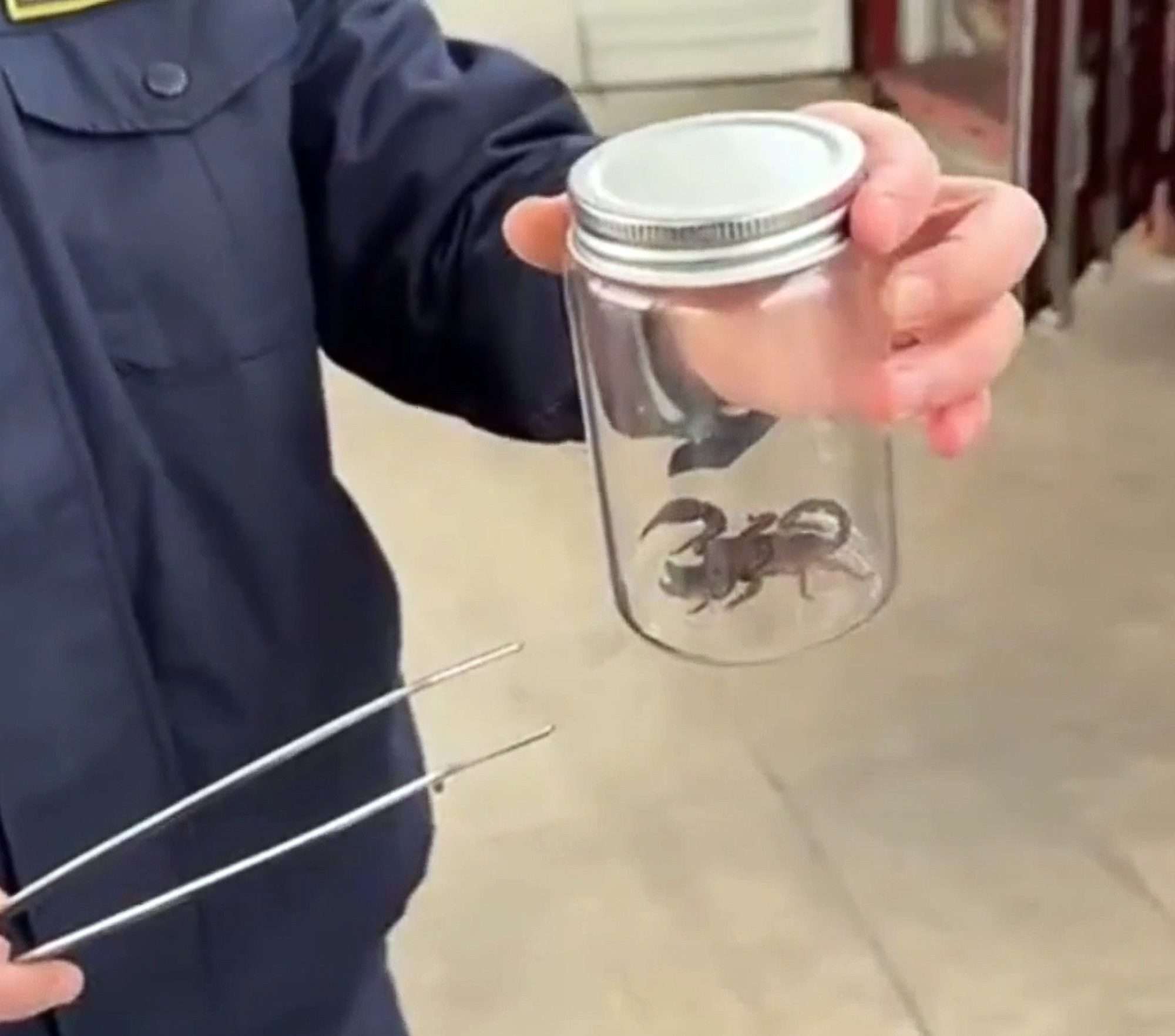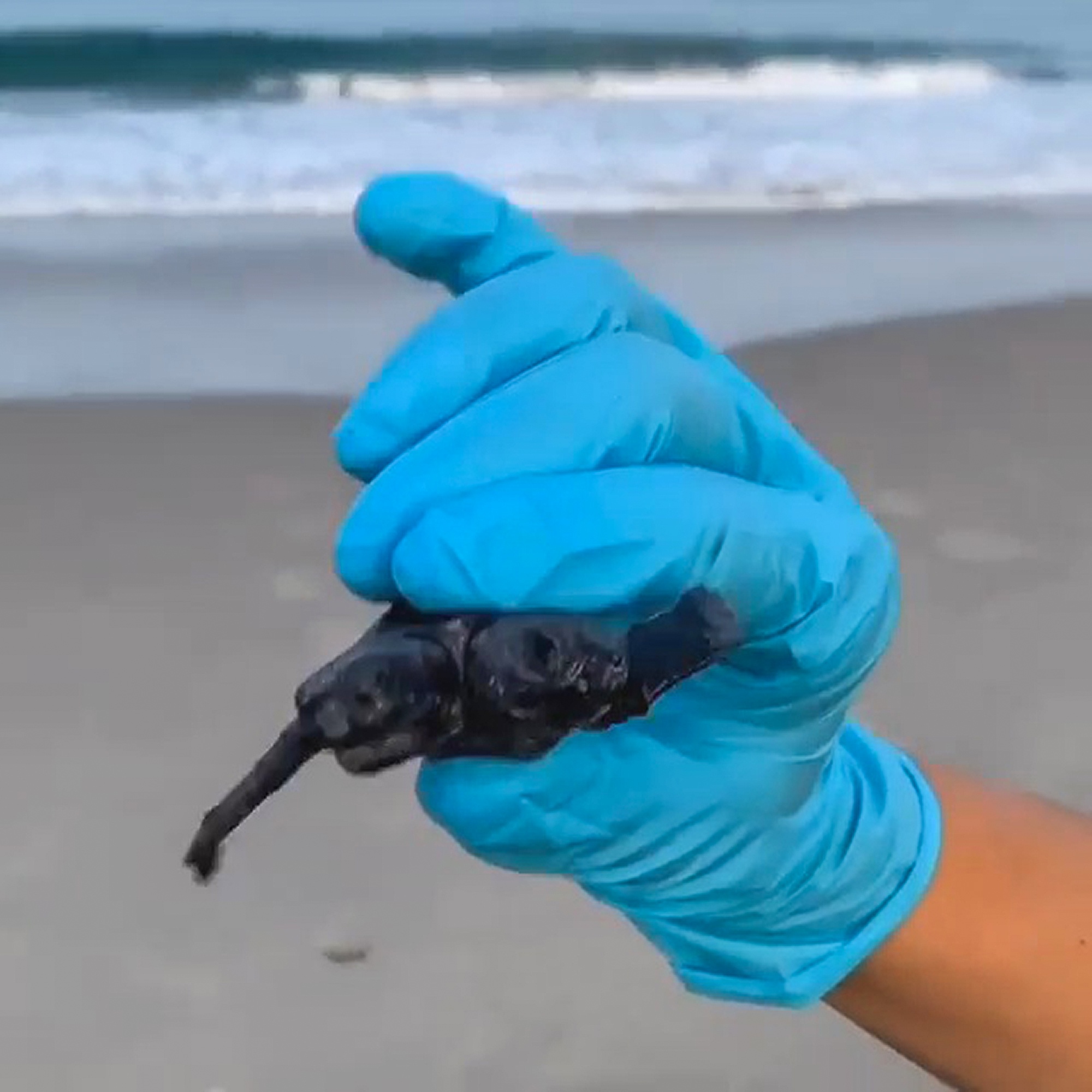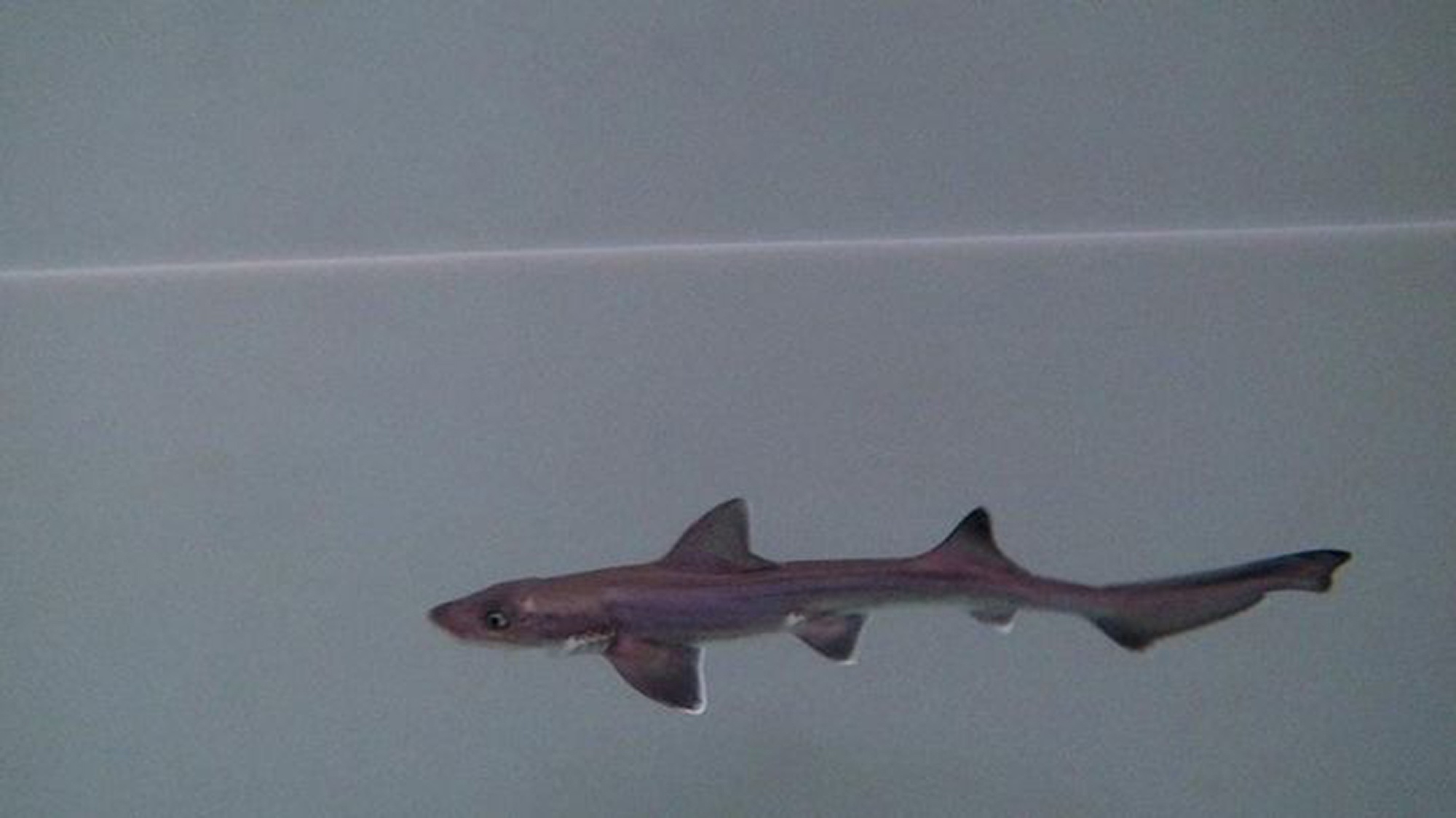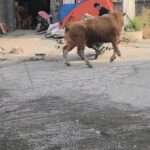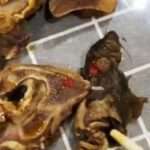These two bobak marmots were caught on video engaging in a playful tussle that looked more like a choreographed tango than an actual fight.
The rodents’ playful antics caught by surveillance cameras at the Anxi Extreme Arid Desert National Nature Reserve, located in Jiuquan, in China’s north-central Gansu Province.
In the video, discovered by thrilled staff members, two marmots could be seen jabbing at each other with their little fists.
They grabbed each other’s necks and moved back and forth in perfectly synchronised moves.
As the brawling continued, the rodents appeared to be ballroom dancing rather than having an actual fight.
The scene ensnared many netizens on Douyin, the Chinese TikTok, where thousands were quick to compliment the animals’ seemingly harmless moves.

A user titled ‘Big lions’ said: “How is this a fight? It’s obviously tango dancing.”
Another, called ‘Angie baby’, wrote: “This does not look like it could hurt anyone, and they even seem to show some emotion.”
And ‘Brother Tong’ commented: “The movements of marmots are surprisingly consistent, they must’ve taught by one master.”
Playful Snow Leopard Chases Girl Running Past Enclosure
The bobak marmot (Marmota bobak) is a species of marmot found in Central and Eastern Europe and parts of Asia.
These large ground-dwelling rodents are characterised by their robust build, short legs, and dense fur, which varies in colour from greyish-brown to reddish-brown.

Bobak marmots typically inhabit open grasslands, steppes, and mountainous areas where they dig elaborate burrow systems for shelter. They are herbivores, feeding primarily on grasses, herbs, and other vegetation.
They are social animals and live in colonies with complex social structures.

